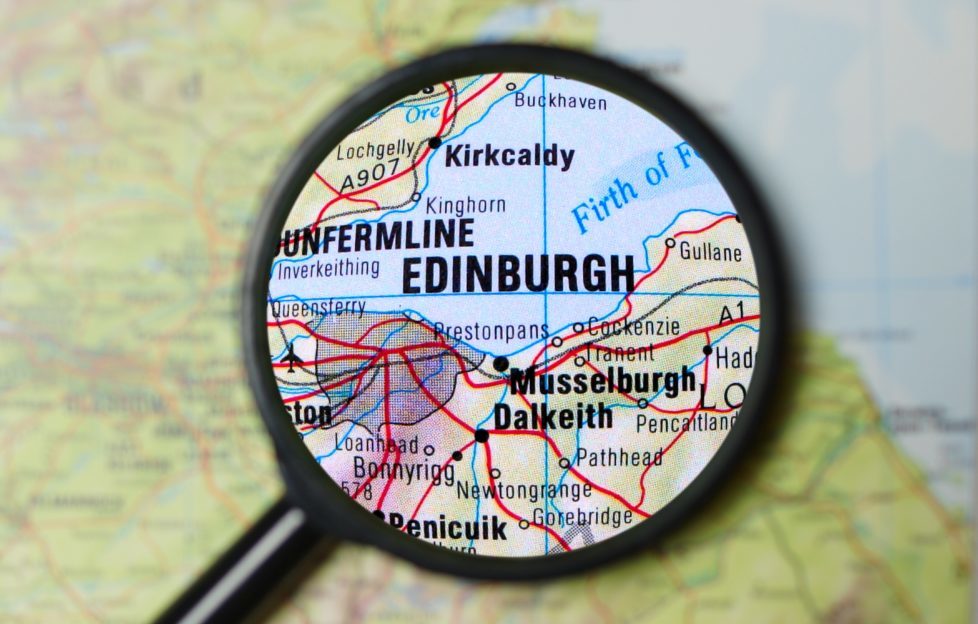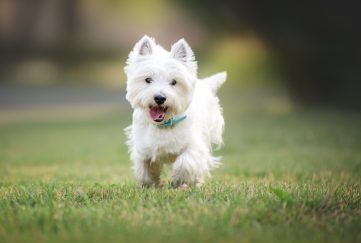What’s In A Name? | Part 2

The second part in our series as we continue to explore the history and myths behind some of Scotland’s more unusual place names…
Viking Connections
The name Dingwall comes from the Old Norse Þingvöllr, preserving the Viking connections to the town. It means field or meeting-place of the Þing (pronounced “thing”), which was an early form of governing assembly made up of the free people of the community. Here laws were made, outlaws banned and crimes paid for in cash or kind to the victims. Interestingly, the Gaelic name for Dingwall is simply Inbhir Pheofharain – “the mouth of the Peffery”.
Helens and Helensburghs
The hamlet of Mulig on the Clyde was reformed in 1776 to make way for Sir James Colquon of Luss’s new seaside resort town, Helensburgh, which he named after his wife Helen. Its Gaelic name is a literal translation of this: Baile Eilidh – town of Helen. Helensburgh also has a sister city in New South Wales. Originally Camp Creek, the Australian town was named Helensburgh to commemorate the Coal Mine’s manager, Charles Harper, who was originally from Helensburgh (Scotland) and whose daughter was also called Helen.
A Changing City
Our capital city of Edinburgh was originally named Dùn Èideann, and this change reflects the linguistic influences in the region over time. “Dùn”, Old Gaelic for hill fort, became the Old English “burh” for stronghold. The origin of “Èideann” is a little unclear, but one suggestion is that it comes from the Gaelic “aodann”, meaning mountain face – which, as anyone who has seen Edinburgh Castle’s perch over the town will agree, is a very plausible explanation.
Check back next week for another page!
Discover part 3 >>
Listen…

Don’t forget you can double-click a word or place name to hear it pronounced through Forvo’s pronunciation guide – and if it isn’t available you can record your own or request it to be recorded! Find out how to use it here.





